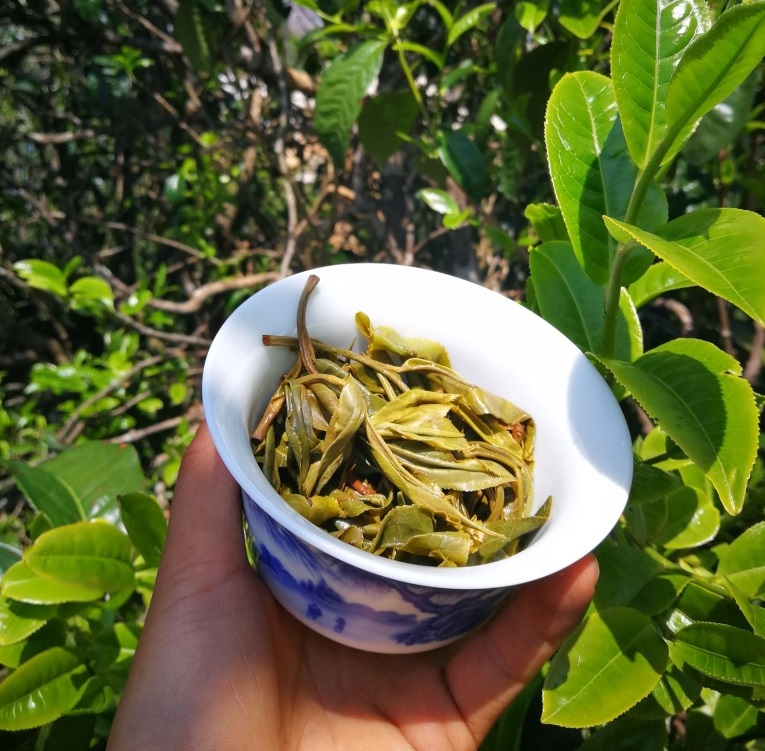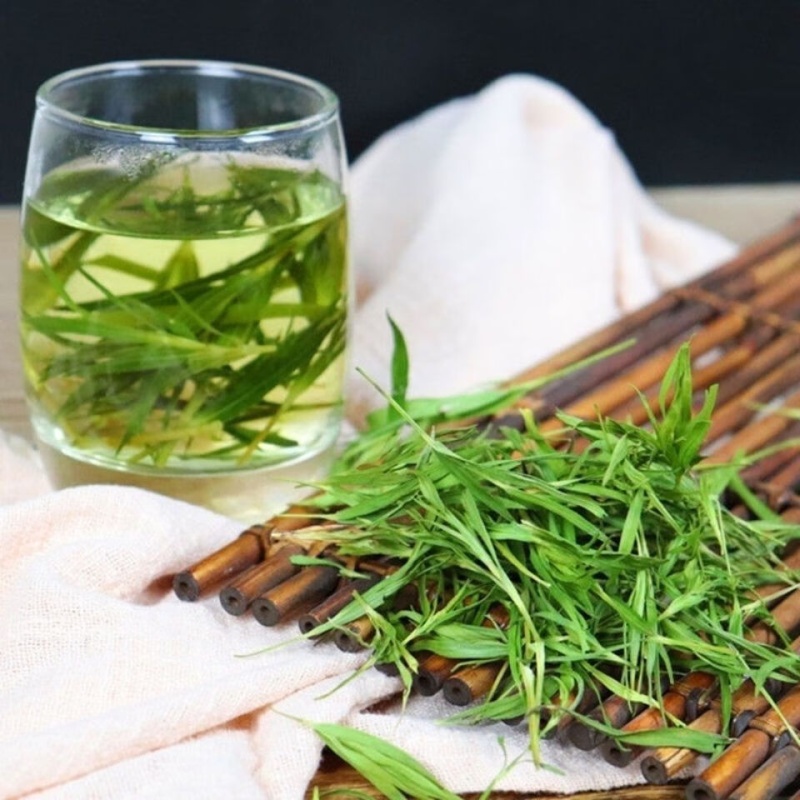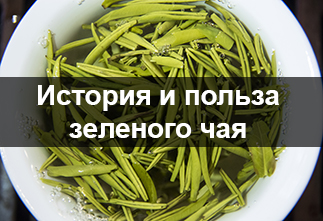Title: " Xinyang Maojian "
Translation: " Fleecy Points from Xianyang "
Whale. 信阳毛尖, pinyin xìnyáng máojiān
Origin: Xinyang City (Chinese: 信阳, pinyin: xìnyáng), Henan Province (Chinese: 河南, pinyin: hénán).
Traditional green tea from Henan. It was ranked among the top ten teas in China in 1959. After that, it received a consistently high domestic demand in China. In 1990, Maojian won the gold medal in the National Quality Award, in 1999 it won gold in the Kunming International Exhibition, and in 2007 it won the World Japanese Green Tea Conference, also winning the gold award.
Tea has been cultivated in the Xinyang area since ancient times. The earliest records date back to the Eastern Zhou period (722 BC to 481 BC). During the Tang Dynasty, local tea was produced in abundance. The famous explorer Lu Yu included the Yiyang area (Chinese: 义阳郡; now Xinyang) among the eight tea-producing areas in Henan.
Nowadays, the Maojian variety is also produced in other provinces of China. Also on the market you can find a variety of tea leaf shapes (peaks or twisted) and tea leaf categories (by percentage of buds).
Appearance, aroma and taste
The leaves are thin and dense, slightly dark green, spirally twisted. The aroma is bright and fresh, reminiscent of Chinese chestnut. The infusion is light green, transparent. The taste has deep herbal and soft floral notes.
Approximate pronunciation in Putonghua is "Maojen". There are different forms of writing the name: Xin yang mao jian, Mao jen.
|
Name in Chinese
|
信阳毛尖 |
|
Pinyin
|
xìnyáng máojiān |
|
Translation
|
Hairy Points from Xianyang |
|
Country
|
China |
|
Provinces
|
Henan (河南) |
|
Habitat
|
Синьян (信阳, xìnyáng) |
- Комментарии
- Вконтакте
Diabetes mellitus is one of the most common chronic diseases of our time, the peculiarity of which is the disruption of glucose metabolism in the body and can lead to serious diseases such as diabetic nephropathy, retinopathy, neuropathy and cardiovascular diseases. In recent years, scientists have been actively looking for effective and safe measures to prevent and manage this disease. Among them, special attention is paid to tea - a drink known to mankind for thousands of years and possessing not only a pleasant taste, but also many useful properties.
Green tea is one of the most popular drinks in the world, especially in East Asian countries, where its consumption has become part of the culture and traditions. However, in recent years, scientists have increasingly paid attention not only to its taste qualities, but also to its potential health benefits.
Spring green tea is a special product that is highly valued among lovers of this drink. Its taste, aroma and color differ from tea collected at other times of the year. Due to its high quality and price, it is very popular, so some unscrupulous sellers may pass off summer or autumn tea as it. But how can you tell the real spring tea? We will try to answer this question in this article.
Every morning people brew themselves strong coffee or green tea. Of course, it is much better to start your day with a healthy drink. It will give you energy and increase your brain activity. The benefits of green tea have been talked about for quite a long time. However, do we know all the properties of this irreplaceable drink?
























































































